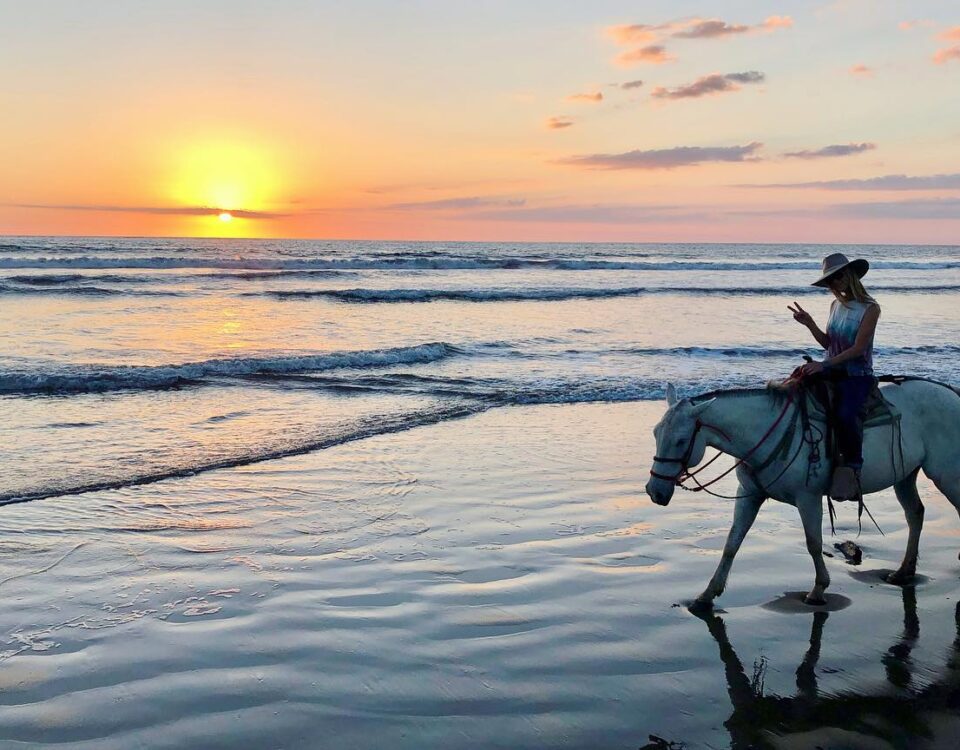How to Choose a Surfboard

Surfing 101: A Beginner’s Guide to Start Your Surfing Adventures
July 12, 2023
Building Your Balance to Master the Waves For Surf Camp
October 5, 2023How to Choose a Surfboard

The perfect surfboard is out there for every type of surfer.
If you’ve caught the surfing bug and dream of riding more waves, or just feel ready for an upgrade, it’s time to start thinking about investing in a new surfboard. But how do you shop for this very expensive piece of surf equipment? Choosing the right surfboard involves several factors, including your skill level, body type, surfing style, and the wave conditions you plan to encounter.
It’s definitely worth putting some time into this process – quality surfboards have a hefty price tag, and you don’t want to sink your money into one that’s a bad fit. Avoid this bummer at all costs! Here are some steps to help you select the perfect wave-catching machine for you. Happy shopping.
Determine your skill level. Are you a beginner, intermediate, or advanced surfer? Your skill level will affect the type and size of surfboard that is suitable for you. If you are new to surfing, look for a bigger board with a lot of volume. Beginners typically need more stability and buoyancy, while advanced surfers may prefer boards with greater maneuverability.
Consider your body type. Your height, weight, and fitness level play a role in selecting the right surfboard. It takes an extremely high level of skill and fitness to properly surf a performance shortboard, so only shop for this type of board if you’re certain you can surf it well. Intermediate and beginner surfers should always lean toward longer and wider boards for better stability and buoyancy. If you are a larger person, surfing a bigger board is a must.

Surfboards come in a variety of shapes and sizes.
Identify your surfing style. Think about the type of waves you enjoy riding and the style of surfing you prefer. Different surfboards are designed for specific style of surfing. If you’re an experienced surfer with the technique to perform tricks in small waves, you might prefer a shortboard. If you prefer cruising on larger waves, a longboard or funboard is a better choice.
Research wave conditions. Assess the typical conditions of the surf spots you frequent. Are the waves small and mellow, or large and powerful? Boards designed for smaller waves will have different features than those for bigger, more challenging waves.
Understand different board types. There are several types of surfboards available, each with its own characteristics. Some common options include longboards, shortboards, fish boards, and funboards. Research and understand the attributes of each type to determine which suits your needs.

Longboards are favorites of beginners and experienced surfers alike.
Seek advice. Consult with experienced surfers, friends, or local surf shop employees. They can provide valuable insights and recommendations based on their knowledge and experience.
Test before you buy: Whenever possible, try out different surfboards before making a purchase. Rent or borrow boards of various sizes and shapes to see how they perform and how well they match your surfing style. A good surf shop will have plenty of rentals that you can try. If you have the opportunity to attend a surf camp, you’ll have access to a wide array of surfboards and the instructors can advise you on the best ones to try.
Consider your progression: If you’re a beginner, you may want to start with a larger, more stable board that will help you develop your skills. As you progress, you can transition to smaller boards that offer more maneuverability.
Remember, selecting the right surfboard often involves some trial and error. As you progress and gain experience, your preferences may change, and you might find yourself gravitating toward different types of boards. Enjoy the process and have fun experimenting with different surfboards until you find the one that suits your style and ability.




